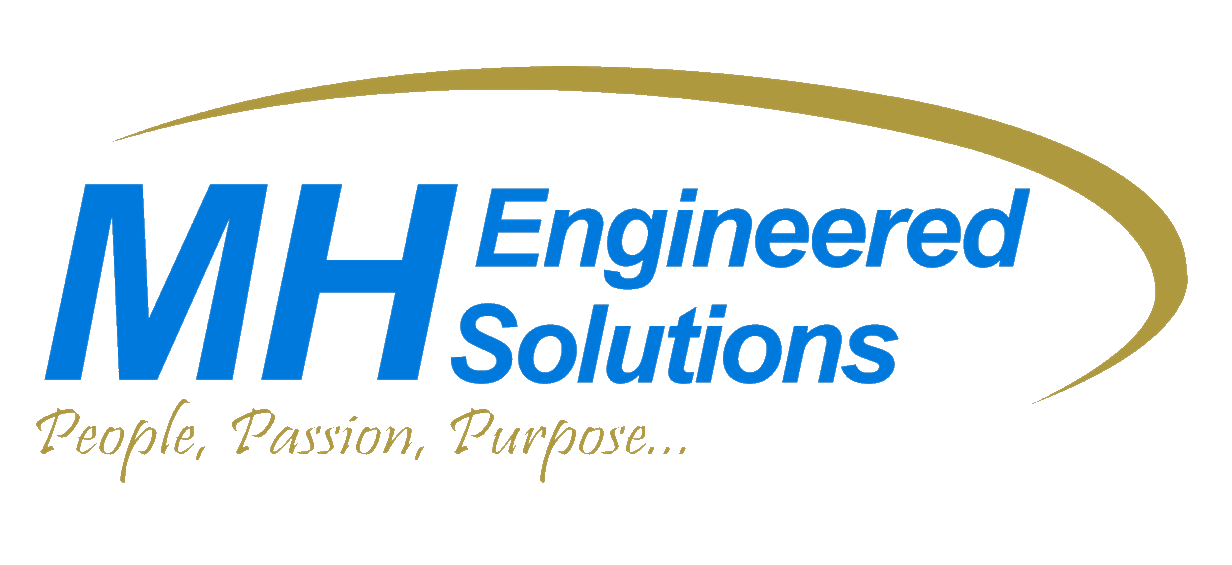IS YOUR DISTRIBUTION OPERATION READY FOR AUTOMATION?
Automation is a main topic of conversation in almost every client meeting we have. As products and technology for Warehouse Automation become exponentially mainstream, the interest and willingness to put automation into a facility has become a daily topic. As we have engaged with clients in implementing automation into their operations, it has become very clear that the first step in the process is a “self-audit” for the client to determine if they are a good candidate for automation.
We have experienced successful deployments and we have experienced more-than-challenging deployments. The difference between the two boils down to the end-user culture and their readiness for automation. Those who prepare for and engage in the “automation journey” are very successful. Those who approach automation the same as buying and installing a “Smart TV” – take it out of the box, hang it on the wall, plug it in, connect to Wi-Fi, and enjoy - have had painful experiences. Success or failure comes down to these 5 areas:
In-House Project Owner(s) and Champion
Product Integrity
Process Integrity
Front Office Culture
Shopfloor Culture
We encourage and, in some cases, insist, that the client perform a self-assessment and a 3rd party independent assessment in each of these areas before embarking on the automation journey.
PROJECT OWNER AND CHAMPION: The client MUST have at least one project owner and champion. This person(s) must be given, and accept, responsibility, decision authority, and accountability for the success of the project. This person(s) must be passionate about the project and committed to the success of the project. This person(s) will ultimately know everything about the automation equipment, software, support needs, and training of personnel for the daily operation of the system. Without a project champion, the project should never get started!
PRODUCT INTEGRITY: The product being handled within the scope of the automation project must have integrity. Quality, consistency, and repeatability are the three main requirements of the product. If any of the three is compromised, the success of the automation project will be compromised.
Quality – This refers to the integrity of the product – whether it is a pallet, case, or individual component – the product must be free of flaws. Bar codes or identifiers must be readable, and packaging must be intact. Poor-quality products will ultimately create issues and poor performance.
Consistency – The product must be consistent in the characteristics that are being used in the automation process. This could be dimensional sizing, location of “pick points”, presentation of product, or location of identifiers. Although artificial intelligence exists, industrial automation is partial to consistency. Making decisions “on the fly” the way a human can, will slow the automation process significantly.
Repeatability – The product quality and consistency must be repeatable. Any change in the quality or inconsistent product characteristics may compromise or paralyze the automation process. Automation is expecting the same stuff at the same time in the same position, cycle after cycle.
PROCESS INTEGRITY: Like the product, processes must be solid processes, consistent, and repeatable. How things are done, when they are done, and where they are done is expected by the automation tools to be the same. There could be multiple processes as there are multiple products, but each process must have integrity. Human adjustments in the process, done to accommodate poor product today, is very difficult to simulate in an automated environment. QUALITY-CONSISTENCY-REPEATABILITY!
FRONT OFFICE CULTURE: The front office culture may be the biggest indicator of project success. If the front office is a culture of collaboration, partnerships, teamwork, trust, servitude, personal accessibility, and support - the project has a good foundation to be successful. The front office must show an understanding of the requirements to plan and execute an automation project. The front office must understand and agree to the timeline, operational disruptions, and investment in resources for the deployment plan. The front office needs to accept that the deployment will not be perfect and provide the necessary resources to work through unplanned issues.
If the front office is a culture of hierarchy, command and control, inflexibility, and finance-driven – RUN AWAY. Yes, they do still exist!
SHOPFLOOR CULTURE: This is the most important! Teammates that will be working alongside, with, and around the automation must be an integral part of the planning and execution of the project. One or more of these associates may also be part of the “Ownership Team”, in fact it is encouraged that they are. The shopfloor culture must be a culture that will accept the evolution of the organization. The shopfloor culture must be transparent and collaborative – share their ideas, thoughts, concerns, and anxieties about the project. The shopfloor culture must trust leadership and be committed to the idea of improvement and advancement.
If the shopfloor culture is toxic, disengaged, mistrusting, has no project champion, or is insubordinate - the project may be compromised AFTER the dust settles and leadership has retreated to their offices to plan the next project. Engage the shopfloor and ensure they have a “seat at the table”.
Automation can be a great tool for any organization. Like any tool, when used appropriately, at the right time, for the right thing, it will improve the operation. Before going too far down the path of automation, make sure all five areas above are assessed.
If there is a “hole” in any of the five, fill the hole before moving forward! Once all five areas are solid, the automation implementation will be much smoother, and the benefits will be seen much sooner!

